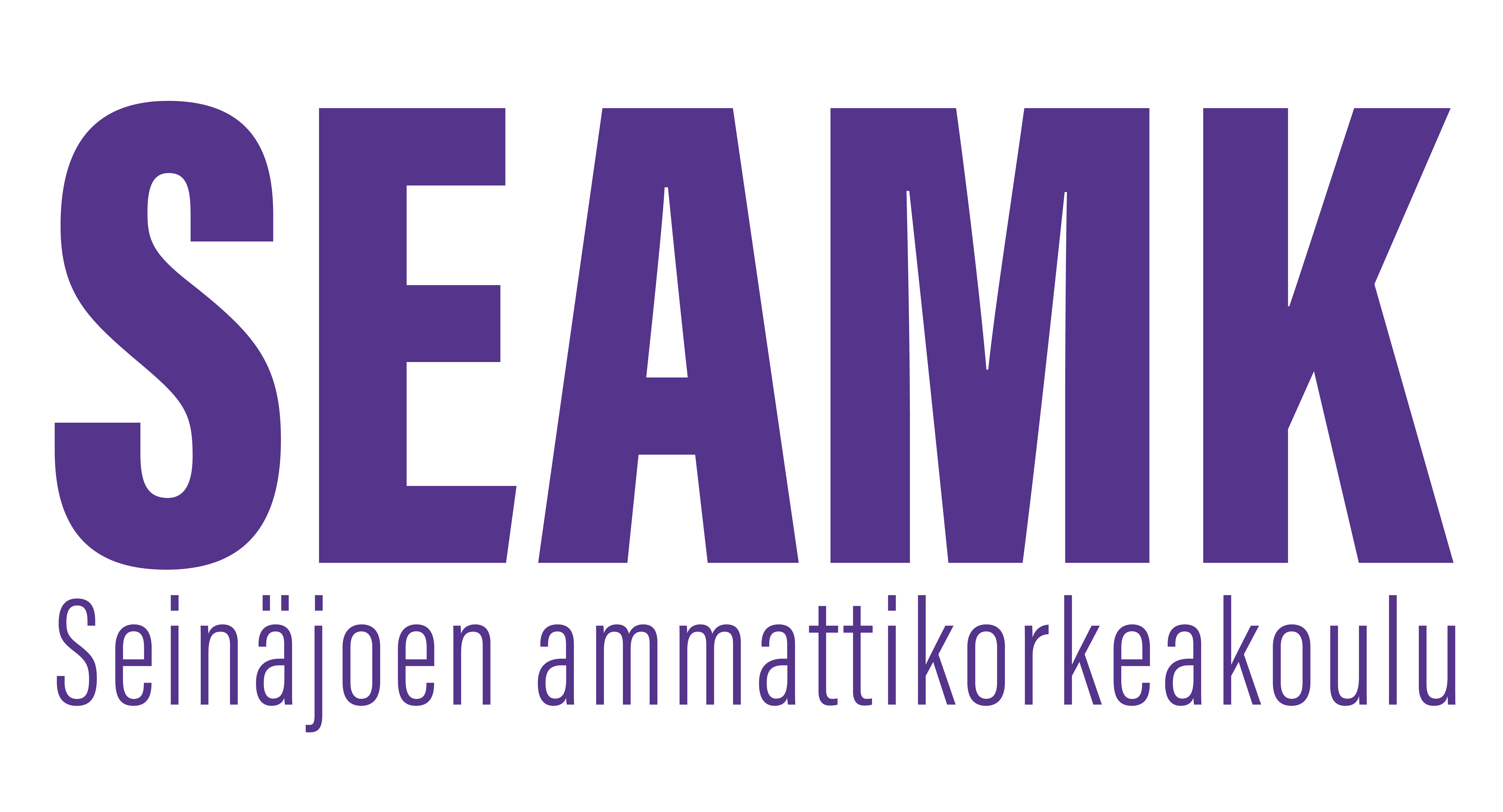Entrepreneurship in Tourism and Service Industry (3op)
Toteutuksen tunnus: CA00DU61-3001
Toteutuksen perustiedot
- Ilmoittautumisaika
- 22.04.2025 - 12.09.2025
- Ilmoittautuminen toteutukselle on päättynyt.
- Ajoitus
- 25.08.2025 - 14.12.2025
- Toteutus on käynnissä.
- Opintopistemäärä
- 3 op
- Lähiosuus
- 3 op
- Toteutustapa
- Lähiopetus
- Yksikkö
- SeAMK Restonomi
- Toimipiste
- SeAMK Seinäjoki, Frami
- Opetuskielet
- englanti
- Koulutus
- Bachelor of Hospitality Management
- Opettajat
- Taru Huhtala
- Sanna Jyllilä
- Ryhmät
-
HOSBA25Bachelor of Hospitality Management, Full-time studies
- Opintojakso
- CA00DU61
Arviointiasteikko
1-5
Tavoitteet
The Student
• is able to describe the main features of entrepreneurial competence and reflect personal objectives and strengths in relation to them.
• can illustrate and examine the social, cultural, ecological and economic value of the tourism and service industry and understand how they differ from each other
• can explain different value chains and value networks in the tourism and service industry
• is able to define the importance of tourism and services business in society and in the economy
• is able to illustrate the conditions for profitable business
• is able to describe the steps involved in setting up a business
• can identify the services offered by SeAMK to start and develop a business.
Sisältö
• Entrepreneurial competence
• Identification of value chains and value networks in different environments, production of value in different structures, such as companies and associations in the tourism and service industries
• Core concepts of entrepreneurship, business operations and revenue models, economic literacy, risk management in tourism and service industries
• Business Plan and Business Model Canvas as a tool for structuring a business idea
• Business as a part of society.
Aika ja paikka
Aikataulutetun verkko-opetuksen aikataulut löytyvät lukujärjestyksestä osoitteesta https://lukkarikone.seamk.fi/. Lukujärjestyksiä on julkaistuna kuusi seuraavaa viikkoa. Syksyn 6 ensimmäistä viikkoa julkaistaan juhannukseen mennessä ja kevään 6 ensimmäistä viikkoa jouluun mennessä. Lukujärjestyksiin voi tulla muutoksia.
Oppimateriaalit
Ilmoitetaan opintojakson alussa.
Opetusmenetelmät
Luennot ja tehtävät.
Opiskelijan ajankäyttö ja kuormitus
Suomeksi
Opinnon työmäärä on mitoitettu siten, että opinnon tavoitteena olevan osaamisen hankkimiseksi yksi opintopiste vastaa keskimäärin 27 tuntia opiskelijan tekemää työtä. Todellinen ajan tarve vaihtelee yksilöittäin mm. aiemman osaamisen takia.
Arviointikriteerit, tyydyttävä (1)
The student can
- take responsibility for their tasks (acts in an entrepreneur-like way)
- recognise their entrepreneurial competences and realize the importance of tolerance for ambiguity in their own actions
- recognise the customer’s key role in the planning of business activity
- recognise, in the business plan, their own competence and the customers and key partners of their company
Arviointikriteerit, hyvä (3)
In addition to the above things, the student
- can assess their own potential for acting as an entrepreneur
- can assess the chance of success of business operations and becoming an entrepreneur
- can recognise the partners and networks most important for their business
- is familiar with the knowledge base of business and the connection of responsibility with business
- knows the basics of business calculations
Arviointikriteerit, kiitettävä (5)
In addition to the above things, the student
- can assess the challenges and opportunities of entrepreneurship
- can analyse competitors’ importance for business
- analyse and assess their strategic choices and is aware of the social importance of business activities
- recognises, from the perspective of their business plan, the key risks, masters business calculations, and the pricing of their product or service
